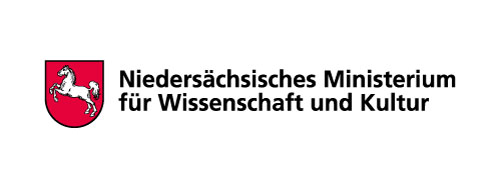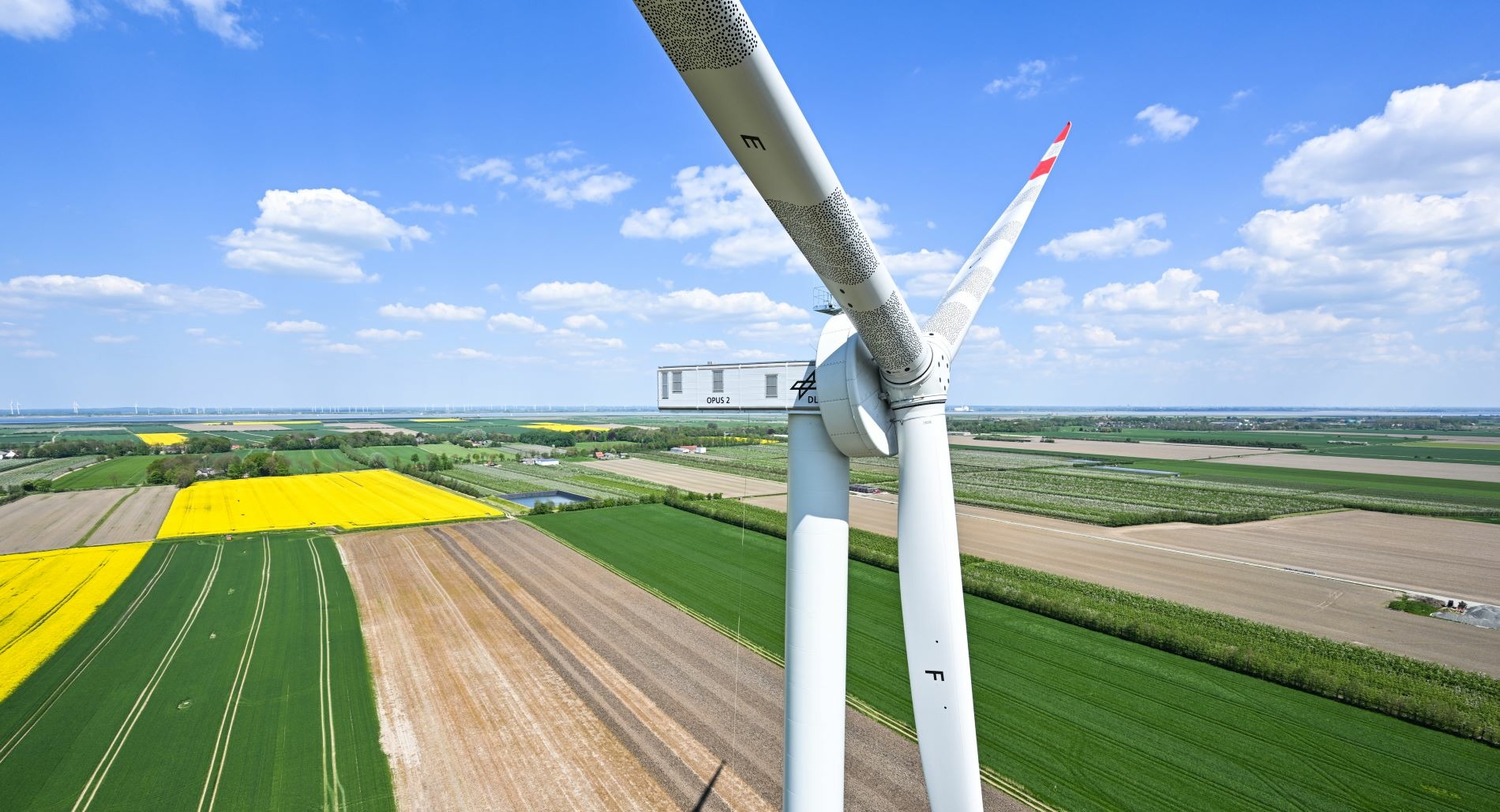The energy transition in Germany
The energy transition is Germany’s biggest project for the future. A central component is electricity transition. On the one hand, this plays a central role in the transformation of industry, and on the other hand, electricity is of course an indispensable part of everyone’s daily lives. Projects such as e-mobility or the future of Germany as a business location are also closely related to the electricity transition.
While renewables accounted for around 44 percent of the energy mix in the power sector in 2022, they accounted for only 16,5 percent (2021) of heat consumption and only 6,8 percent of usage in the transport sector (2021). For the energy transition to succeed, all the sectors must be supplied by renewable energy sources. However, particularly in the heating and transport sectors, the potential of alternative fuels, especially from bioenergy, is not sufficient to cover the entire demand.
To completely replace all fossil fuels such as gas, coal and petrol, electricity from renewable energy sources must also be used for transport and heating. Power-to-X technologies can be used to transfer electricity to the other sectors and thus exploit synergy effects between the sectors. Sector coupling is therefore a promising solution path for decarbonising energy production and consumption.
According to Germany's coalition agreement, 80 percent of the electricity and 50 percent of the heating requirements are to be generated from renewable energy by 2030. But if Germany wants to reach its 80 percent target by 2030, wind and solar energy in particular must be expanded more rapidly. They now account for almost 90 percent of the installed capacity of renewables.
An ever-increasing proportion of energy consumption in Germany is covered by renewables. Wind energy accounts for the largest contribution to electricity generation from renewables in Germany and will continue to play an important role in the energy mix in the future. It can also be assumed that the demand for electricity will continue to rise – also due to the development of new technologies.
The expansion of new onshore wind turbine facilities largely stopped in 2019. Only a total of 325 wind turbines with a total capacity of 1078 megawatts (MW) were constructed in that year. A total of 2403 megawatts (MW) of cumulative capacity was built last year. In order to achieve the climate goals, however, we will also need a strong expansion of wind and solar power capacities in the future.
The research wind farm in Krummendeich is funded by the Federal Ministry for Economic Affairs and Climate Action (BMWK) and the Lower Saxony Ministry of Science and Culture (MWK).









